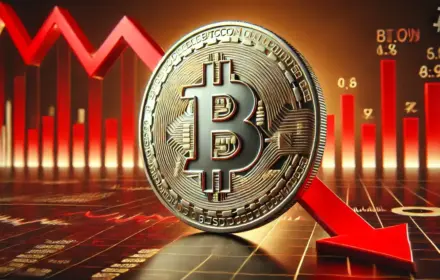
FOMO in cryptocurrencies is a term that is heard in every market with high price movement speeds. This phenomenon influences decisions stronger than any analytics. The rise of candles turns a calm analyst into a rushed buyer, and red corrections into a panicked seller. Here, sound calculation does not work without internal control. The goal …

The cryptocurrency market crash has turned the digital market from a symbol of endless growth into a field of rigorous stress testing. In just a few days, asset prices plummeted, market capitalization shrank by tens of billions of dollars, and panic replaced euphoria. Investors are reevaluating strategies, analysts are documenting systemic failures, and the market …

At the moment when a shutdown in the US becomes a reality again, the crypto market freezes not out of fear, but out of understanding: it’s not just an internal issue of government finances, but a catalyst for global distrust in fiat stability. Congress doesn’t approve the budget, government structures freeze, and investors move to …

The era of quiet accumulation in the cryptocurrency market is coming to an end, giving way to an era of active diversification of platforms and tools. The ranking of the best cryptocurrency exchanges in 2025 demonstrates how the leaders have changed, who has strengthened their positions, and which platforms show the highest liquidity, security, and …

Safe storage of cryptocurrencies in 2025 requires a detailed strategy, multi-layered protection, and clear procedures. The crypto system has become more complex: the growth of DeFi, the spread of scam projects, and the evolution of regulation make protecting keys a priority in capital management. Portfolio Architecture: Hot and Cold Solutions Safe storage of cryptocurrencies in …